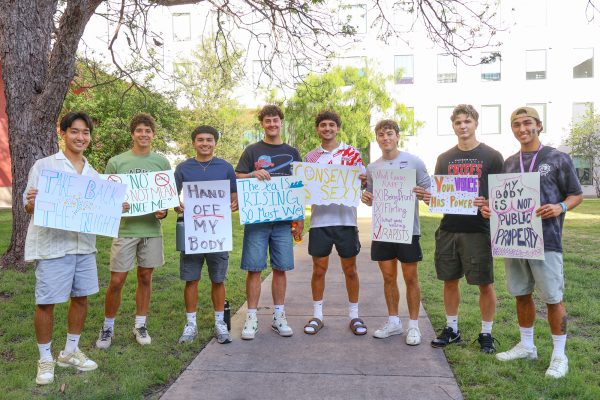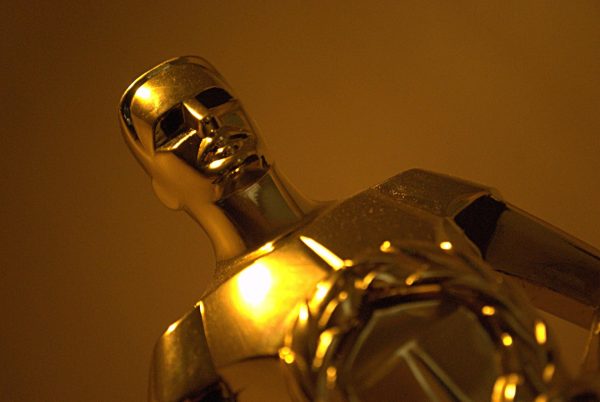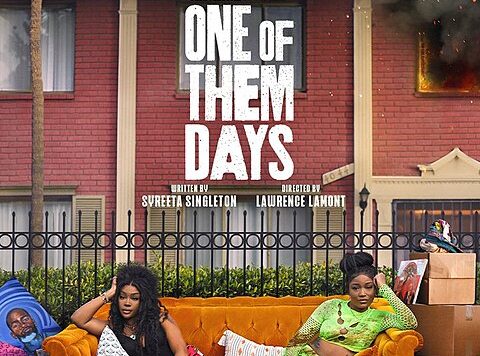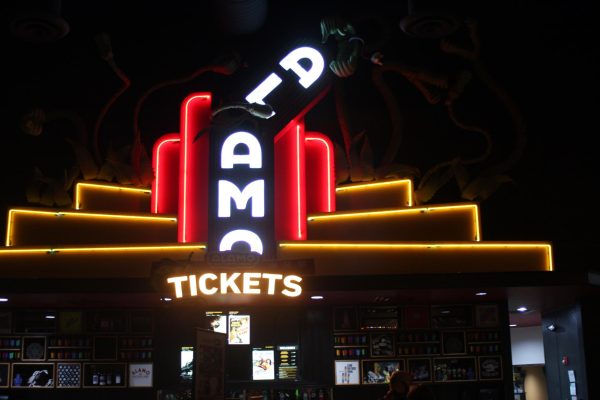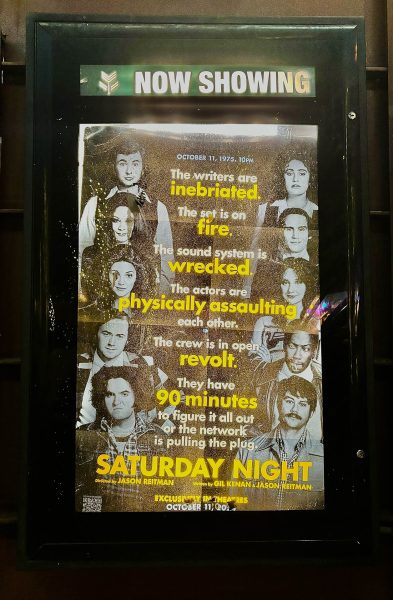‘Paris is Burning’ shines light on relevant LGBTQ+ issues 30 years later
“I want a car. I want to be with the man I love. I want a nice home, away from New York … somewhere far where no one knows me. I want my sex change. I want to get married in church in white. I want to be a complete woman … This is what I want and I’m going to go for it,” says Venus Xtravaganza towards the end of the 1990 documentary “Paris is Burning.”
These things are so simple, yet most of us take them for granted. This film highlights people who were thought to be of the unusual sort, but deep down, all they yearned for were the small things in life.
Revolving around the 1980s ball scene and New York City’s LGBTQ+ community, the documentary follows different people who find their own versions of home during a time when they weren’t accepted.
The film follows members of houses, such as the house of Ninja and Labeija. Houses are groups of people who compete at balls together and serve as a surrogate family to many of its members.
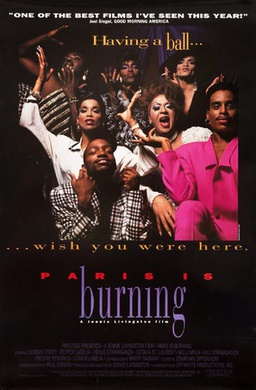
While scenes of LGBTQ+ youth living on the streets and speaking about being rejected by their biological parents should feel outdated, they only emphasize the issues that have always been prevalent.
Though ball culture is not what it used to be, looking for a place to feel accepted has never gone out of style. This is what has kept the relevance of this documentary going throughout the years. Learning of Xtravaganza’s murder by the hands of a client at the end of film hurts, but it doesn’t shock.
It’s been reported that this year alone has seen an uptick in murders of transgender people; watching the film proves that this is an issue that isn’t going to solve itself.
Between moments of simplicity and sadness, viewers get to see the extravagance of the balls, glittering and filled with indescribable magic. It’s easy to see how this could serve as an escape for many house members; they get to imagine living a life they don’t see as possible.
The film also manages to educate viewers, showing the history behind ball culture words such as “shade,” “reading” and “voguing,” words that are oftentimes appropriated by people outside of the LGBTQ+ community.
30 years and many accolades later, the film still feels subdued and simple in its filming, never once trying to be something that it’s not. And while there is more programming similar to the documentary (see FX’s “Pose”), it’s important to remember where it all started.
Stripping away the glitz and the glamor of ball culture, we’re left with a story of humanity, of people just trying to make their way in a world that knocks them down at every turn. Though outdated in some ways, “Paris is Burning” shines brightly as a one-of-a-kind film.

Hi! My name is Sierra Rozen and I'm the Life and Arts editor. I'm a senior Communication major, with double minors in Journalism and Women's Studies. This...




